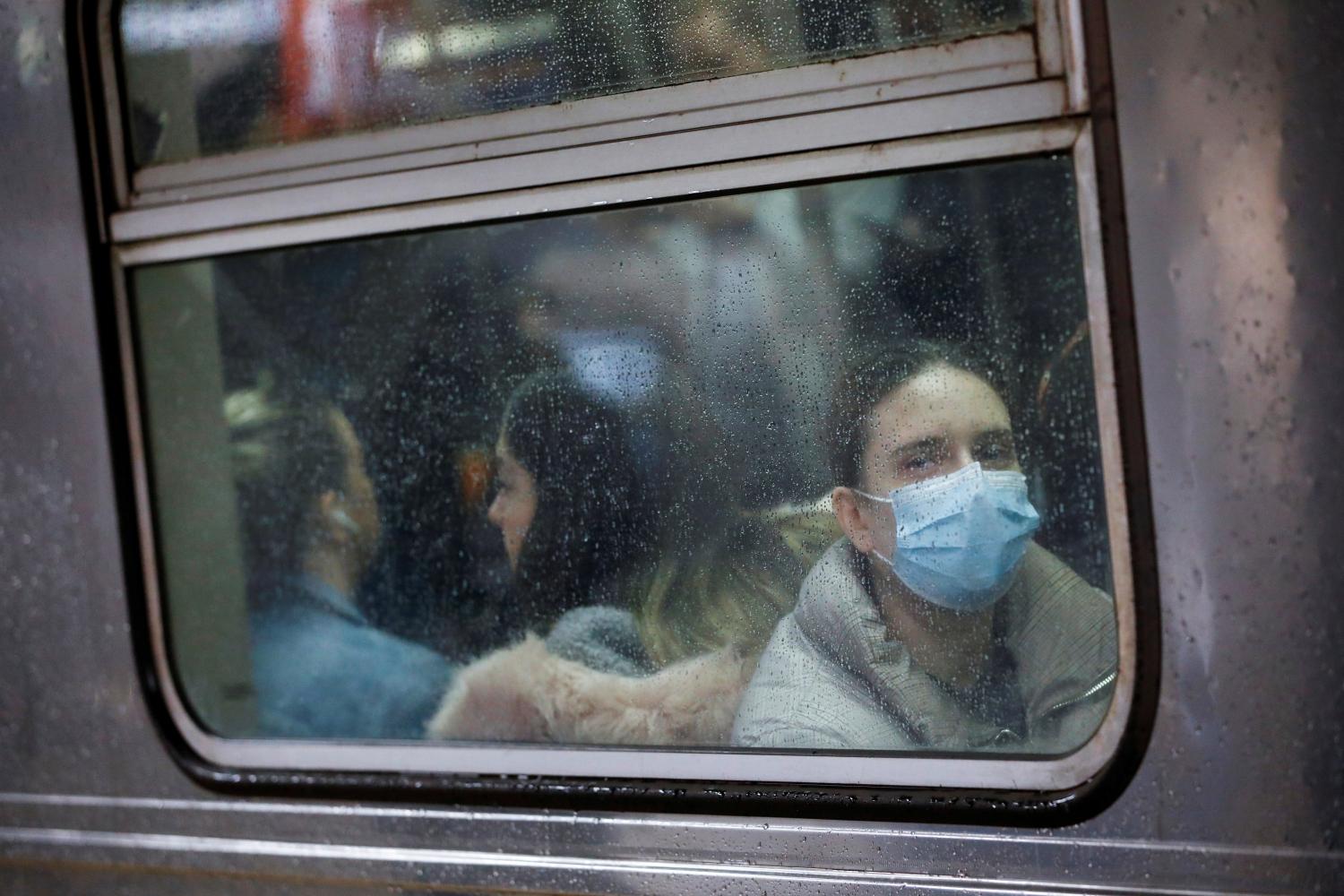Labor Day is a federal holiday honoring the nation’s workers. This year, however, it will coincide with a damaging moment for those workers: the expiration of unemployment insurance (UI) benefits for millions of Americans who involuntarily lost their jobs due to the COVID-19 pandemic.
The Century Foundation estimates that on September 6, 7.5 million workers will no longer receive UI benefits. This is because those workers participated in one of the three temporary programs that Congress authorized in March 2020’s CARES Act. (Those who still qualify for regular UI will continue to receive benefits, but without the CARES Act’s extra $300 in weekly benefits.)
Beyond the symbolic disrespect of allowing the safety net to expire for millions of workers on the national holiday intended to honor them, allowing the temporary programs to expire without fixing UI’s underlying problems will just bring us back to the outmoded safety net we started with. This policy nonresponse is also much harsher than in recent recessions given the number of continued unemployment claims, the state of the recovery, and ongoing uncertainty due to the spread of the Delta variant. It also calls attention to the arbitrary nature of legislative decisions about when to end relief, when those decisions could have instead been based on indicators of economic recovery, also known as automatic triggers.
It is too soon to allow the Pandemic Unemployment Assistance (PUA) and Pandemic Emergency Unemployment Compensation (PEUC) programs to end. These programs addressed systemic inequities, with PUA covering workers who do not qualify for regular UI (e.g., gig workers, the self-employed) and PEUC offering extended benefits to the long-term unemployed, who are disproportionately workers with barriers to employment. This piece builds a case for extending these programs beyond Labor Day and for making more permanent changes to UI.
Unemployment benefits aren’t causing a labor shortage
For months, critics have argued that enhanced UI benefits are disincentivizing people from returning to work. But this effect has been widely overstated. Twenty-six states attempted to end at least one pandemic UI program early, with the justification that the benefits are contributing to a labor shortage. But there is little evidence that higher pandemic UI benefits have been a major source of employers’ problems in finding workers, or that those difficulties are widespread. Likewise, there is little evidence that cutting pandemic UI programs early increased employment.
Tomorrow is jobs day and everyone wants to know how early cut off of pandemic benefits will affect employment
I can tell you the answer tonight… you won't learn anything tomorrow‼️
no state data are released ‼️
🧵 on evidence from 5 other data sources that *are* by state
— Peter Ganong (@p_ganong) August 6, 2021
On the contrary, there is evidence that more generous UI relief helps stabilize the economy in a crisis by keeping earnings more steady.
There are many reasons employers may be having difficulty finding workers in the current labor market. For example, many unfilled openings are in the hospitality industry, which tends to offer jobs with low or unstable pay, no sick leave, and no benefits such as health insurance—compensation packages that may simply be uncompetitive right now.
Hospitality jobs also continue to pose a personal safety risk to many workers in light of breakthrough COVID-19 cases and risks to unvaccinated children or people with compromised immune systems. Many individuals who were laid off in these industries may have already found other jobs or transitioned to an industry they perceive as less risky.
In addition, ongoing problems of unavailable or unaffordable child care due to school closures have kept many parents—especially women—out of the labor force.
We have not yet fixed the equity problems in our safety net
This April, Sens. Ron Wyden (D-Ore.) and Michael Bennet (D-Colo.) introduced legislation to update and overhaul UI to address long-standing problems with the regular unemployment safety net, which is riddled with inequities, cumbersome processes, and outdated technologies. However, there appears to be limited support to advance that legislation or to extend the temporary UI programs beyond Labor Day, despite the resurgence of COVID-19 cases and the injustice of ending benefits for some types of workers but not others.
Many experts and our own recent Brookings report about digital transformation in these systems document several equity problems with regular UI, including:
- Excluded workers. When UI was created, several categories of workers were intentionally excluded from it, which continues to result in racial and gender disparities in protection from involuntary layoffs and access to services. In the present-day economy, gig, contract workers, and the self-employed also do not qualify for regular UI. Black, Latino or Hispanic, female, and immigrant workers are more likely to work in these excluded categories due to occupational segregation.
- New entrants and part-time workers. The qualifying formulas for UI grant eligibility for benefits in each state based on work history and earnings levels in the last five quarters prior to a layoff. This excludes people who are just starting paid work or re-entering it after a disruption, such as young adults in their first job, people who reduced their work hours to provide care for a family member, people with disabilities, or people trying to rebuild their lives after incarceration. Once again, female, Black, and Latino or Hispanic workers are overrepresented among the population of people who have a lower attachment to the waged labor market, and therefore less access to regular UI and other services.
- Uneven benefits across states. Over time, states have increasingly diverged from each other in terms of UI eligibility requirements, benefit levels, application processes, and benefit durations. Meanwhile, there are consistent trends showing that states with higher shares of Black workers have lower benefit levels than other states—contributing to more racial disparities in access to the safety net.
- Disparities in recipiency. The processes for applying for UI and similar programs are often onerous and confusing, and offer limited options for one-on-one assistance. This introduces major disparities in access, especially for individuals who have low education levels, people with disabilities, people with limited English proficiency, or people who have complex situations such as a combination of wage employment and freelance work. States do not typically prioritize user experience or solicit diverse user feedback when they procure systems and set up processes for applying for UI (as well as many other publicly funded programs). Additionally, there are persistent racial and ethnic disparities in receiving UI among eligible displaced workers.
- Long-term unemployment. Although the aggregate unemployment rate was down to 5.4% in July and long-term unemployment is decreasing, 39.3% of the unemployed remained out of work for 27 weeks or more. In addition, racial disparities in re-employment persist, meaning that Black workers are more likely to be among the long-term unemployed; the Black unemployment rate decreased in July, but it remained the highest for any racial group, at 8.2%. Older workers persistently struggle with long-term unemployment too; an AARP analysis of the Bureau of Labor Statistics’ June data found that only 36% of workers ages 16 to 54 were long-term unemployed, compared to 55% of workers age 55 and over.
Doing nothing on UI will exacerbate economic inequality
More people than ever before are paying attention to what happens to workers when the economy contracts. And while the nation’s UI response hasn’t been perfect, we risk doing substantial damage to families and the economy overall by prematurely creating a benefit cliff for 7.5 million workers.
Letting the expanded eligibility and duration of UI programs expire on Labor Day is especially problematic from an equity perspective. This return to “normalcy” will penalize many of the workers who the pandemic impacted most severely.
Lawmakers should also take this opportunity to make permanent changes to strengthen and update our safety net. Among other changes, we need to prioritize user experience; establish automatic triggers in a crisis; standardize and improve data; cover more workers; and increase consistency across states through minimum benefit levels and more transparent qualifying formulas.
Beyond UI, career switching and labor market disruptions are becoming more common. It is time to reinvest in helping workers make successful career transitions by improving access to career navigation, labor market information, and career services. We should also strengthen policies that help prevent layoffs and spur job growth, such as opportunities for workers to keep learning and advancing their career while they still have a job. The broader ecosystems of safety net programs, services, data, and prevention strategies are critical infrastructure for a well-functioning, more inclusive economy.
The Brookings Institution is committed to quality, independence, and impact.
We are supported by a diverse array of funders. In line with our values and policies, each Brookings publication represents the sole views of its author(s).








Commentary
Millions of workers will lose their safety net this Labor Day if Congress doesn’t act
August 18, 2021